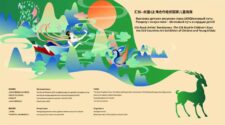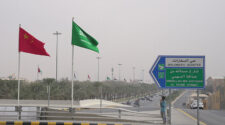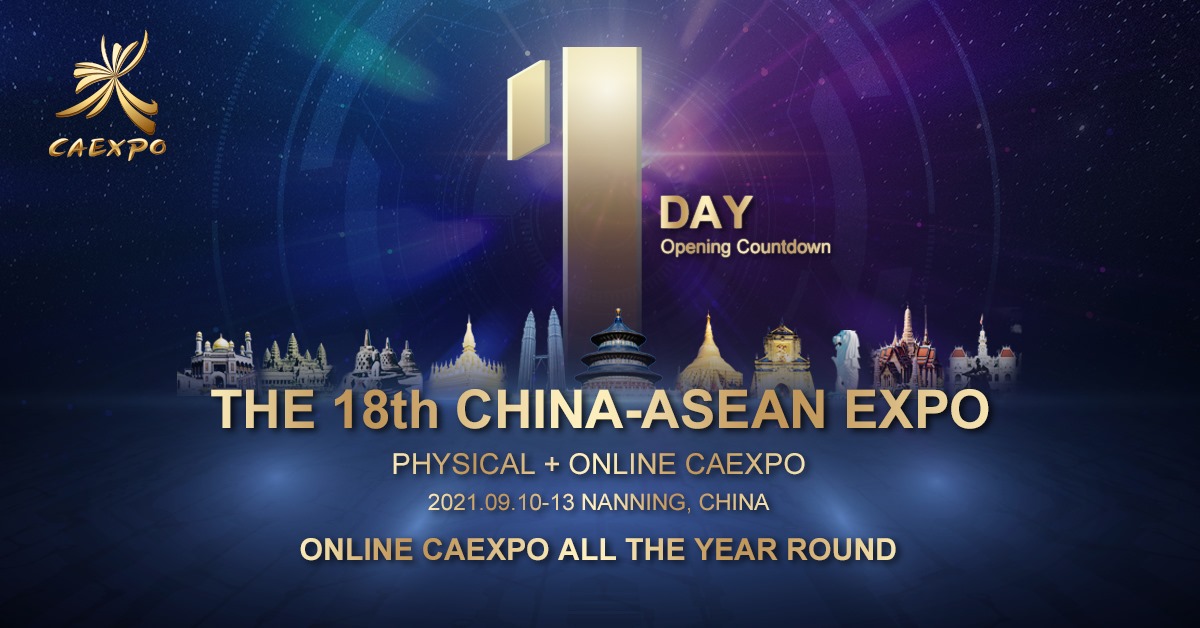By Mushtaq Khan
Ahmad Khan, a seasoned journalist from Pakistan, embarked on an unexpected journey to the heart of the South China Sea dispute. As he sailed through the contested waters, the salty breeze carried whispers of ancient maritime routes and modern-day tensions. He encountered the personified nations involved in the conflict, each with their own distinct personalities and aggressive behaviors driven by national interests.
 Ahmad first met China, represented by a formidable dragon. The dragon’s scales shimmered with the colors of the Chinese flag, and its eyes gleamed with determination. “This sea is mine,” the dragon roared, its voice echoing across the waves. “I have built islands and fortified them to protect my claims. No one can challenge my sovereignty here.”
Ahmad first met China, represented by a formidable dragon. The dragon’s scales shimmered with the colors of the Chinese flag, and its eyes gleamed with determination. “This sea is mine,” the dragon roared, its voice echoing across the waves. “I have built islands and fortified them to protect my claims. No one can challenge my sovereignty here.”
Next, Ahmad encountered the Philippines, symbolized by a resilient eagle. The eagle’s feathers were ruffled, but its gaze was unwavering. “We have historical rights to these waters,” the eagle declared. “Despite the dragon’s might, we will not back down. Our fishermen depend on these seas, and we will defend our territory.”
Vietnam appeared as a fierce tiger, its stripes representing the nation’s strength and resolve. “We have fought many battles for our independence,” the tiger growled. “We will not be intimidated by the dragon’s aggression. Our people have a right to these waters, and we will protect them at all costs.”
Malaysia emerged as a sleek panther, moving with calculated grace. “We seek to balance our economic interests with our territorial claims,” the panther said. “Oil exploration is vital for our development, and we will continue our activities despite the dragon’s objections. We must be strategic in our approach.”
Finally, Ahmad met the United States, another eagle, but this one was watchful and powerful. “We are here to ensure freedom of navigation,” the eagle stated. “We do not take sides, but we will challenge any unlawful claims. The balance of power in this region is crucial for global stability.”
As Ahmad listened to each character, he realized the complexity of the dispute. The aggressive behaviors were driven by deep-seated national interests and historical claims. Yet, amidst the tension, there was a glimmer of hope. “Perhaps,” Ahmad suggested, “it is time for a dialogue. A conversation where each of you can voice your concerns and find a peaceful resolution.”
The dragon, eagle, tiger, panther, and eagle paused, considering Ahmad’s words. The path to peace was fraught with challenges, but Ahmad’s call for dialogue planted a seed of possibility. In the turbulent waters of the South China Sea, the hope for a peaceful future began to take root.
For feedback or inquiries, contact Mushtaq Khan at mushtaqkhanaqkhan@gmail.com.












